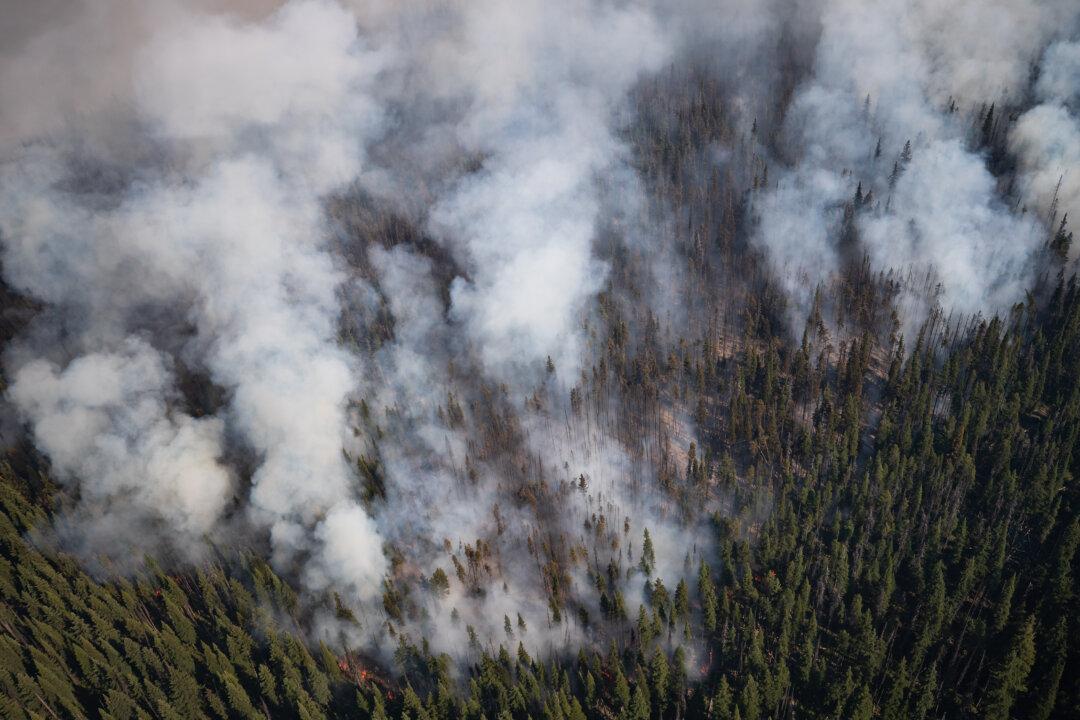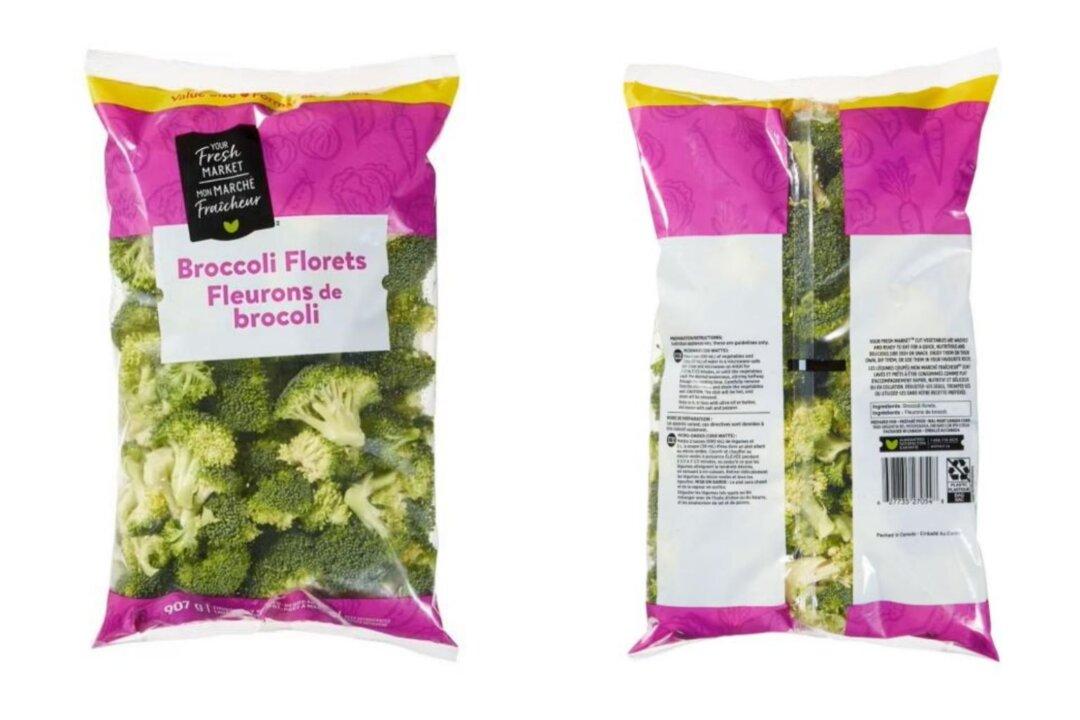The B.C. government needs to rethink how it manages the province’s forests and adapt its approach to fires, including prioritizing the use of prescribed burning, to reduce the severity of ever-worsening wildfires, says a forestry scientist.
“Our old policy was always to put out every fire, thinking fire was only bad, that all it did was damage,” said Lori Daniels, a forestry professor at the University of British Columbia’s Department of Forest & Conservation Sciences.





